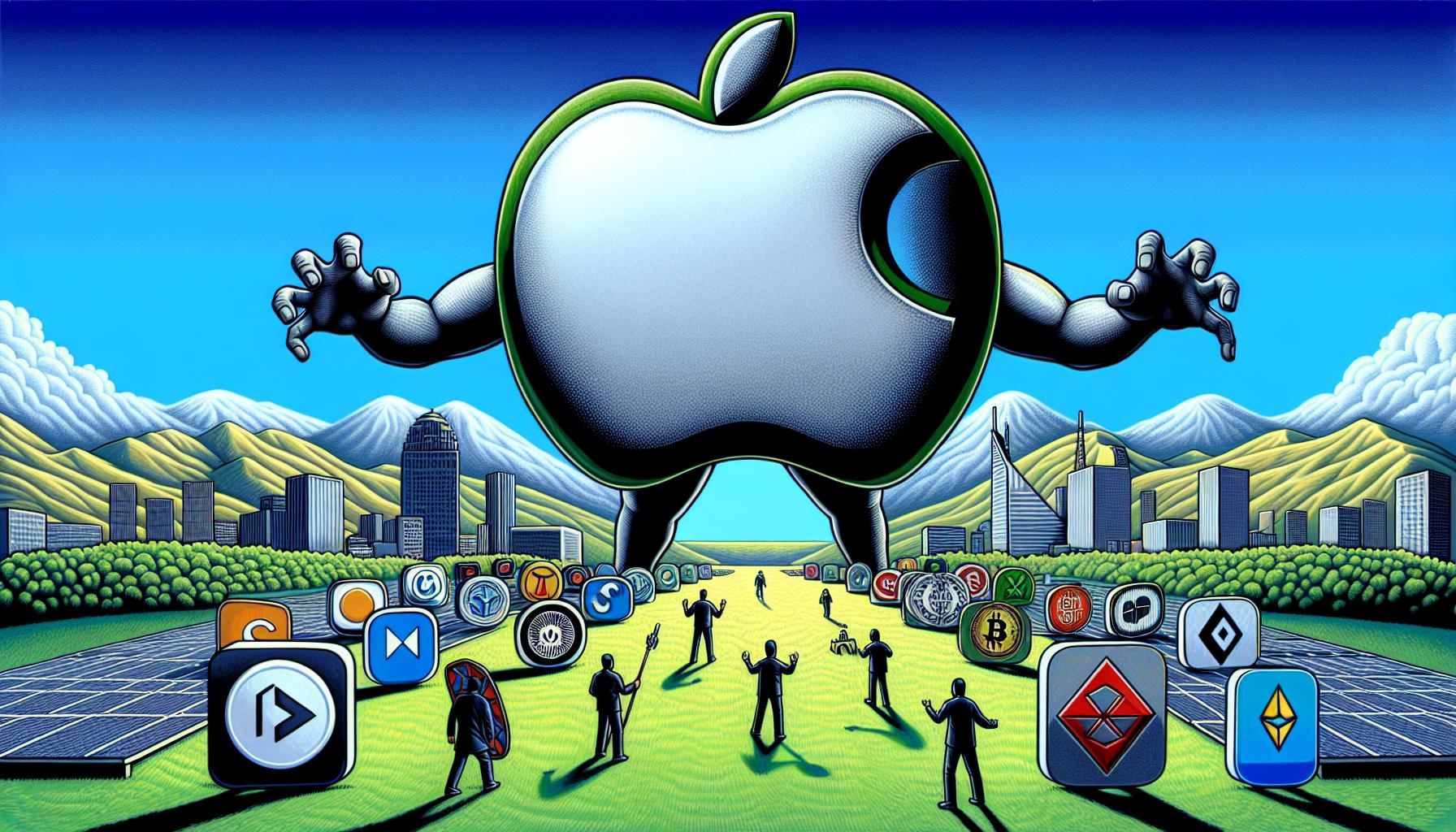YouTube Rolls Out Major Updates to Enhance TV Viewing Experience
YouTube announced a series of enhancements aimed at refining its television app interface, focusing on improved shopping integration, video quality, and content discovery. These updates underscore YouTube’s commitment to expanding its presence in the living room entertainment space.
Introducing Shoppable QR Codes to Drive Revenue
One of the flagship features is the integration of QR codes within videos, allowing creators to tag products. Viewers can scan these codes with their smartphones to quickly access product pages, facilitating seamless shopping experiences directly from the TV screen. This move targets the growing market of shopping-related content, which amassed 35 billion viewing hours over the past year. YouTube also highlighted a 45% growth in channels generating six-figure revenues from TV-based content, underscoring the monetization potential of this feature. While QR codes for shopping are not novel—platforms like Roku and Peacock have adopted similar functionalities—YouTube emphasizes that its implementation will allow creators to link directly to their own online stores, enhancing control and effectiveness. Additionally, YouTube is piloting the capability to display product highlights at precise moments within videos, further enriching the interactive shopping experience.
AI-Powered Upscaling Enhances Video Quality
To improve visual fidelity on large TV screens, YouTube is deploying AI technology that automatically upscales videos uploaded at lower resolutions to full HD. Plans to extend this capability to 4K upscaling are underway. Importantly, creators retain full control over their original content files, and viewers can choose to watch videos in their original resolution if preferred. This enhancement aims to position YouTube competitively alongside streaming services offering high-resolution content. However, the quality and accuracy of AI upscaling remain to be validated, as previous attempts by other platforms have encountered issues such as distorted imagery.
Additional Improvements to Content Discovery and Video Presentation
YouTube has expanded the thumbnail file size limit from 2MB to 50MB, enabling 4K-resolution thumbnails that enhance visual clarity on TV interfaces. The platform is also experimenting with larger video uploads among select creators to support higher quality streaming. On the discovery front, contextual search has been improved: when users search from within a creator’s channel page, results prioritize videos from that channel, streamlining content navigation. Immersive preview features have been introduced to facilitate faster and more intuitive browsing through video content on TV.
Impact on the Connected TV Ecosystem
YouTube’s latest updates reinforce its leadership in the connected TV market, where it currently commands 12.4% of total audience viewing time—outpacing competitors such as Disney, Paramount, and Netflix. By enhancing shopping capabilities and video quality, YouTube is positioning itself as a more interactive and premium destination for TV viewers, potentially increasing creator revenues and viewer engagement. The success of AI upscaling and the new interactive shopping features will be critical in determining YouTube’s ability to sustain and grow its market share amid intensifying competition.
FinOracleAI — Market View
YouTube’s strategic enhancements to its TV app reflect a focused effort to capitalize on the growing connected TV segment by integrating commerce and improving content quality. These updates present both opportunities and risks for the platform and its ecosystem.
- Opportunities: Increased monetization through shoppable QR codes; improved user engagement with higher resolution content and better discovery tools; potential to attract premium content creators seeking advanced features.
- Risks: Dependence on AI upscaling quality and consumer acceptance; competition from established streaming platforms with proprietary content; potential technical challenges in seamless QR code integration on TV devices.
Impact: These developments are likely to enhance YouTube’s competitive positioning in the connected TV space, driving incremental revenue streams and improving the user experience, though execution risks remain.













